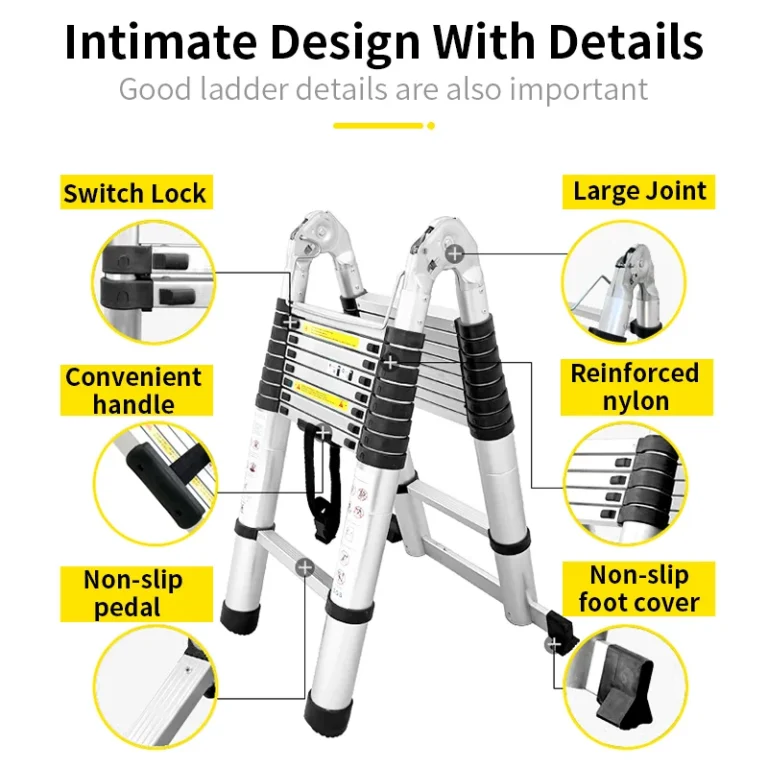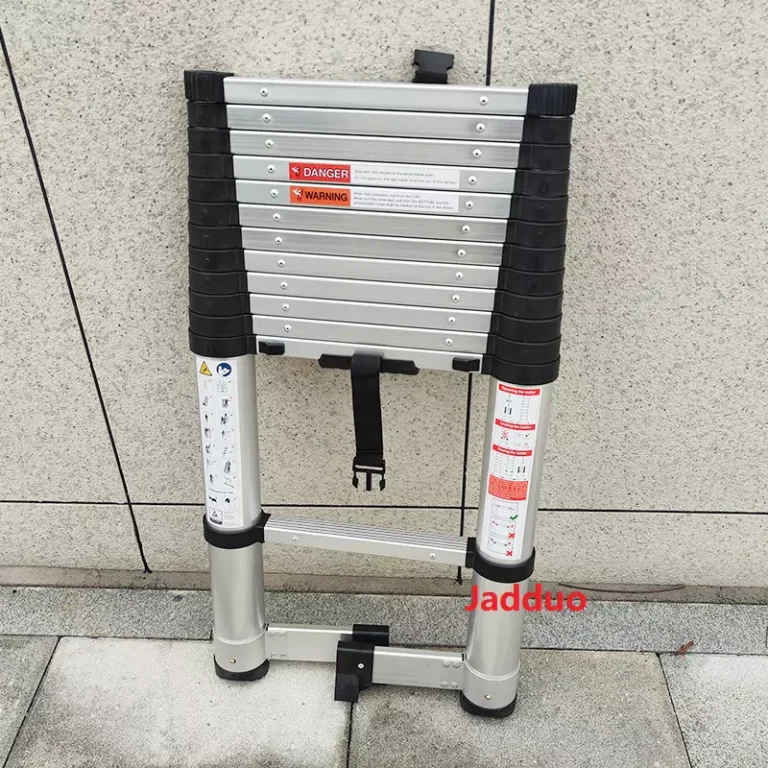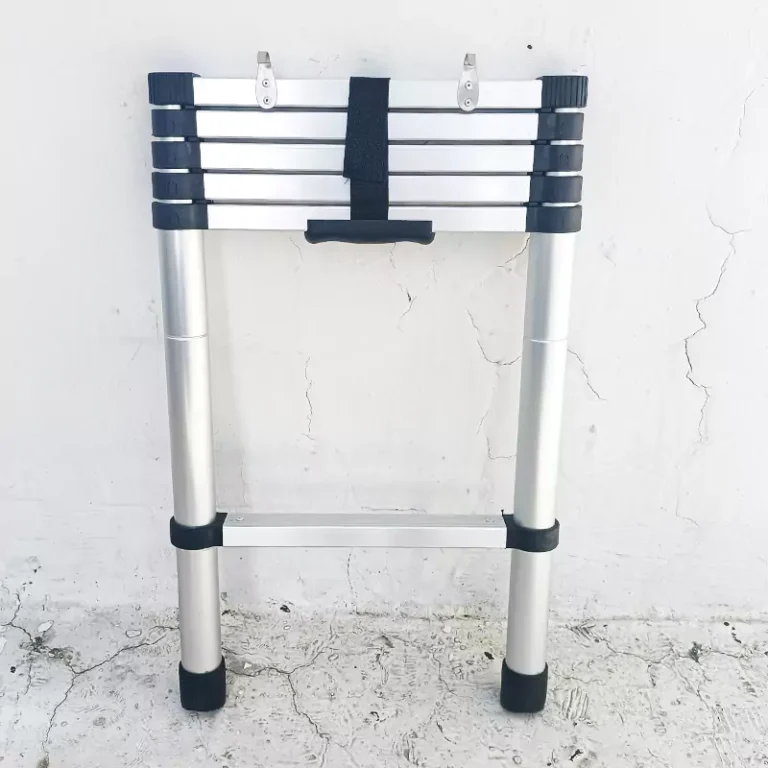Ladders are super handy tools for all sorts of jobs, from fixing stuff at home to big building projects or factory work. Over time, ladder designs have changed a lot, moving from heavy wood or iron to cool modern stuff like aluminum. People love aluminum ladders because they’re awesome in many ways, thanks to their special features and how they’re made. If you use ladders for chores or work, knowing why aluminum is so great and how to pick a top-notch one is key to staying safe and getting stuff done fast.

Why Aluminum? Exploring the Material’s Benefits
Aluminum isn’t just plain metal—it’s mixed with stuff like copper, silicon, magnesium, or zinc to make it super strong yet light. This mix gives aluminum ladders a big edge because they can hold heavy loads without being too heavy themselves. That makes them way easier to carry, move, and set up than chunky iron ladders. Plus, aluminum doesn’t rust easily, even when it gets wet or sits outside. This helps aluminum ladders last a long time and stay tough. Companies like JADDUO make all kinds of ladders, like telescopic, step, multipurpose, and extension ones, using aluminum’s cool perks to create awesome products.
Selecting a Quality Aluminum Ladder: Key Considerations
Not all aluminum ladders are the same. Just because it’s aluminum doesn’t mean it’s super safe or great. To find a really good one, you gotta check out specific parts that show if it’s built well.
The Ladder Feet: The Foundation of Stability
A ladder’s gotta stand steady, and that starts with its feet. Good aluminum ladders have non-slip feet made of tough rubber or plastic. All feet need to touch the ground flat and firm when you’re using it. If the feet are wobbly or worn out, the ladder can feel shaky and unsafe, which could cause falls.
The Joints and Connections: Points of Strength or Weakness
The spots where the steps or rungs hook to the side rails are super important. These joints take a lot of stress and can break if they’re not made well. Top-quality aluminum ladders have strong joins, usually with solid rivets or welds. When you check a ladder, these spots should feel tight and not wiggle or make weird noises if you push them a bit.
Hinges, Locks, and Ropes: Essential for Folding and Telescopic Designs
For ladders that fold or stretch, like step, multipurpose, or telescopic ones, the hinges, locks, and ropes gotta be top-notch. Folding ladders need joints that snap tight and click loud when locked, without sticking. Telescopic ladder ropes should slide smooth, and hooks or latches shouldn’t be worn out. Cheap parts here can get loose, not lock right, or even break, making the ladder dangerous. JADDUO’s push to “innovate design” and “improve product performance and convenience” with strict checks ensures these moving bits work safe and smooth for years.
The Importance of Material Thickness
The thickness of the aluminum matters a lot, even if it’s not super obvious. A good ladder should feel solid and have some weight, showing it’s made with thick enough metal. Ladders that feel flimsy or super light might be too thin to hold up under heavy loads. Those can bend, twist, or break, which is a big safety risk.
Ensuring Safety: Essential Usage Practices
Even the best aluminum ladder isn’t safe if you use it wrong. Lots of ladder accidents happen because of bad habits, not broken gear. Following safe ways to use it is a must to avoid getting hurt. JADDUO gives clear safety tips. Checking your ladder before each use is a smart move too.
Skip the Mistakes
- Standing Too High: Don’t stand on any step or rung within 3 feet of the ladder’s top. Those top parts aren’t for standing, and using them makes it easy to lose balance, especially if you lean or reach far. Make sure you can reach your work spot comfy without stretching too much.
- Ignoring Electrical Safety: Aluminum carries electricity super well. Using an aluminum ladder near power lines or electric gear is crazy dangerous and could shock you bad. If you’re working near wires, use ladders made of stuff like fiberglass that doesn’t conduct electricity.
- Placing the Ladder on an Unstable Surface: Always put your ladder on flat, solid ground. Setting it on slippery floors, bumpy dirt, or shaky stuff like boxes is asking for trouble—it could slide or tip. On smooth floors, you might need someone to hold the ladder or use one with special non-slip or steadying parts. Check the ground before you climb.
Open the ladder correctly
To correctly open the ladder, start by pulling it open from the top while keeping the bottom contracted. Ensure all steps are fully extended and securely locked in place. If using the ladder at a shorter height, the top section should still be fully opened while the bottom remains contracted. Avoid adjusting or moving the middle section of the ladder once it’s set—it should neither be opened further nor closed improperly. Before climbing, always double-check that both locking switches at each step are securely engaged to ensure stability and safety.
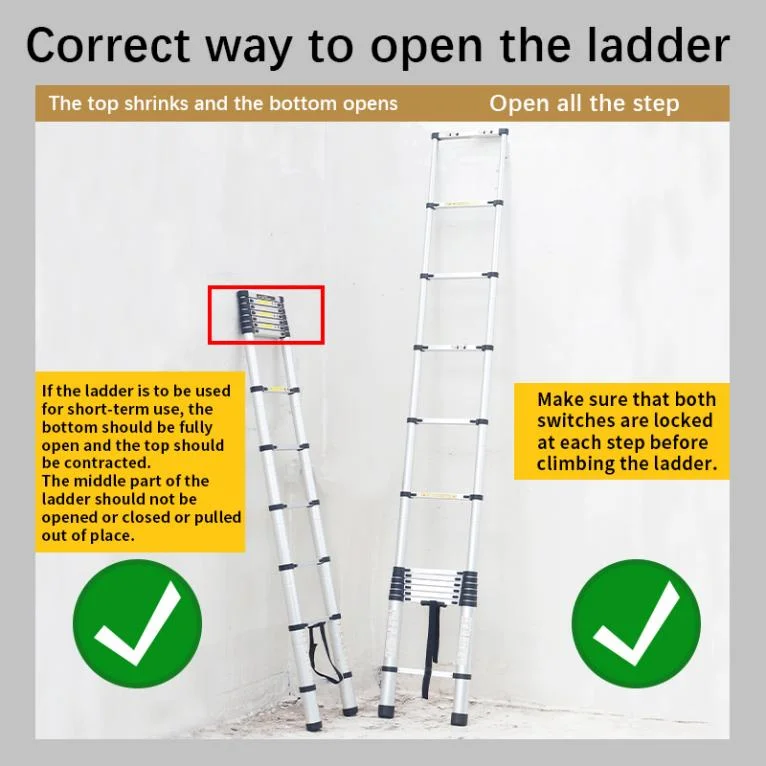
The wrong way to open ladder is that having the middle step only partially extended or closed, which creates an unstable structure. Another critical error is failing to fully pull the middle step into place, resulting in a false lock that can compromise safety. Always ensure all steps are fully extended and securely locked before use.
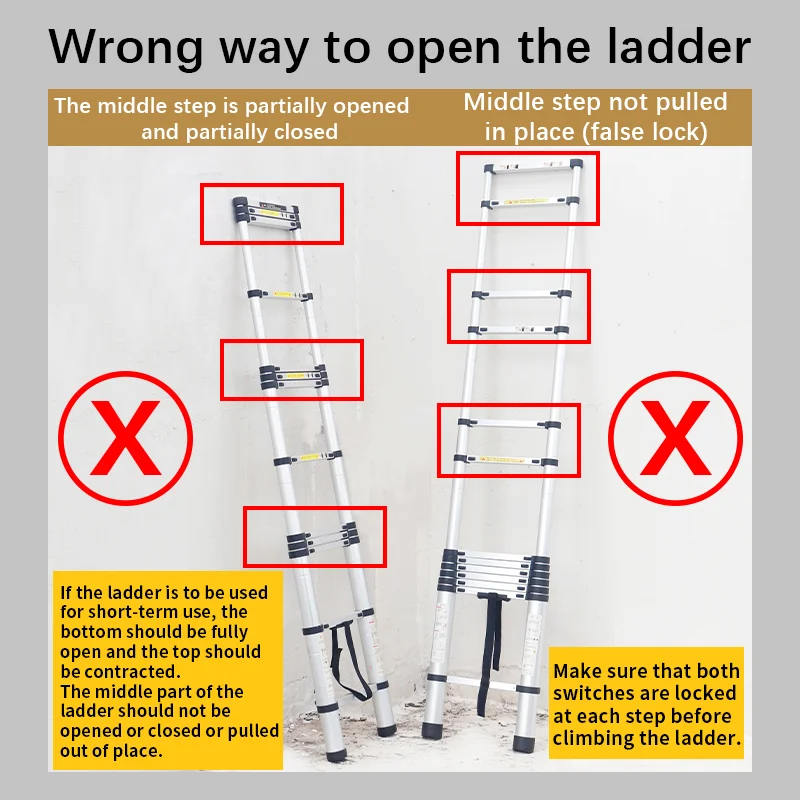
Maintaining Your Aluminum Ladder for Longevity
Once you grab a great aluminum ladder, taking care of it keeps it working awesome and safe for a long time. Even tough ladders need regular love to stay in top shape. JADDUO’s goal of a “high-quality ladder experience” hints at why caring for your ladder matters after you buy it.
Here’s some easy upkeep tips:
- Regular Cleaning: Keep your ladder free of dirt, grease, paint, or junk. Some chemicals might not rust aluminum but could mess it up over time. Cleaning it often stops that.
- Inspecting and Lubricating Moving Parts: Check hinges, locks, ropes, and joins now and then. Make sure they’re tight and move smooth. A little oil on moving parts can keep them working great and stop wear.
- Proper Storage: Aluminum doesn’t rust easy, but leaving it out in bad weather all the time can still hurt it. Store your ladder inside when you’re not using it to make it last longer.
- Checking for Damage: Look over your ladder often for dents, cracks, loose rivets, or worn feet. If you spot damage, stop using it right away. Get it fixed by a pro if you can, or replace it if it’s too beat up.
Conclusion
Picking a solid aluminum ladder means knowing why it’s awesome—like being light but strong and not rusting easy—and checking how it’s built, like its feet, joins, and metal thickness. JADDUO shows they care about quality by picking great materials, building with skill, doing tons of checks, and coming up with neat designs, plus giving safety tips and great customer help. Their mission to “Build a good ladder to serve the world” shows they want to make trusty tools for all kinds of jobs. By choosing a ladder from a good maker like JADDUO and following safe use and care tips, your aluminum ladder will be a super helpful, safe tool for years.
FAQs
Q1: What makes aluminum ladders better than other kinds?
A: They’re light but super strong and don’t rust easy, so they last long in all sorts of places.
Q2: How do I know if an aluminum ladder is good quality?
A: Look for solid builds, like tight joins with rivets or welds, non-slip rubber feet, and thick metal. JADDUO does lots of checks to make sure their ladders are trusty.
Q3: What safety stuff should I do with an aluminum ladder?
A: Don’t stand on the top rungs, stay away from power lines (use fiberglass instead), and put it on flat, steady ground. Check for damage every time you use it.

